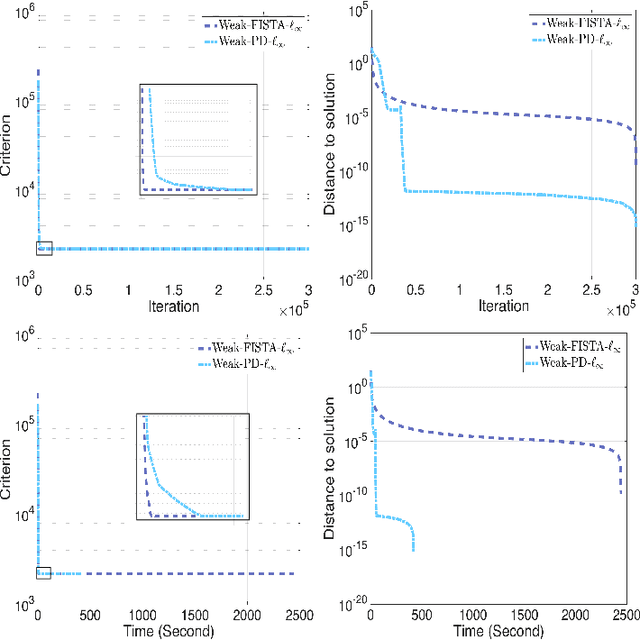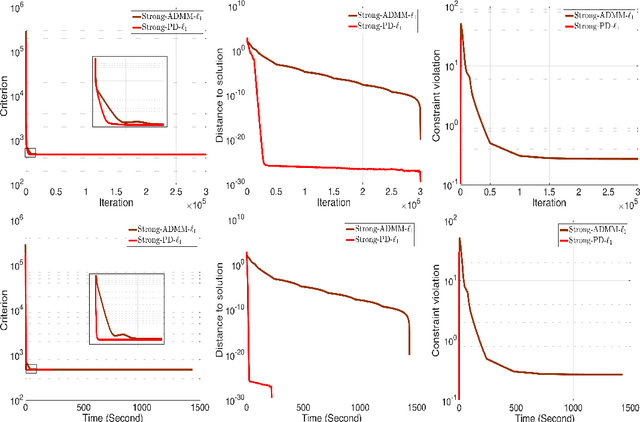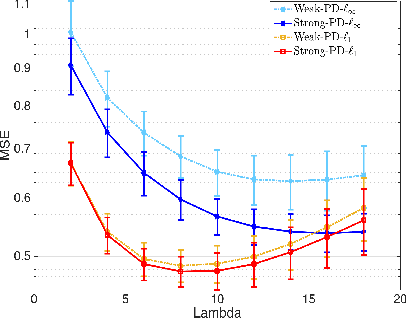Meriam Chebre
Dealing with Uncertain Inputs in Regression Trees
Oct 27, 2018


Abstract:Tree-based ensemble methods, as Random Forests and Gradient Boosted Trees, have been successfully used for regression in many applications and research studies. Furthermore, these methods have been extended in order to deal with uncertainty in the output variable, using for example a quantile loss in Random Forests (Meinshausen, 2006). To the best of our knowledge, no extension has been provided yet for dealing with uncertainties in the input variables, even though such uncertainties are common in practical situations. We propose here such an extension by showing how standard regression trees optimizing a quadratic loss can be adapted and learned while taking into account the uncertainties in the input. By doing so, one no longer assumes that an observation lies into a single region of the regression tree, but rather that it belongs to each region with a certain probability. Experiments conducted on several data sets illustrate the good behavior of the proposed extension.
Sparse hierarchical interaction learning with epigraphical projection
Dec 18, 2017



Abstract:This work focus on regression optimization problem with hierarchical interactions between variables, which is beyond the additive models in the traditional linear regression. We investigate more specifically two different fashions encountered in the literature to deal with this problem: "hierNet" and structural-sparsity regularization, and study their connections. We propose a primal-dual proximal algorithm based on epigraphical projection to optimize a general formulation of this learning problem. The experimental setting first highlights the improvement of the proposed procedure compared to state-of-the-art methods based on fast iterative shrinkage-thresholding algorithm (i.e. FISTA) or alternating direction method of multipliers (i.e. ADMM) and second we provide fair comparisons between the different hierarchical penalizations. The experiments are conducted both on the synthetic and real data, and they clearly show that the proposed primal-dual proximal algorithm based on epigraphical projection is efficient and effective to solve and investigate the question of the hierarchical interaction learning problem.
 Add to Chrome
Add to Chrome Add to Firefox
Add to Firefox Add to Edge
Add to Edge